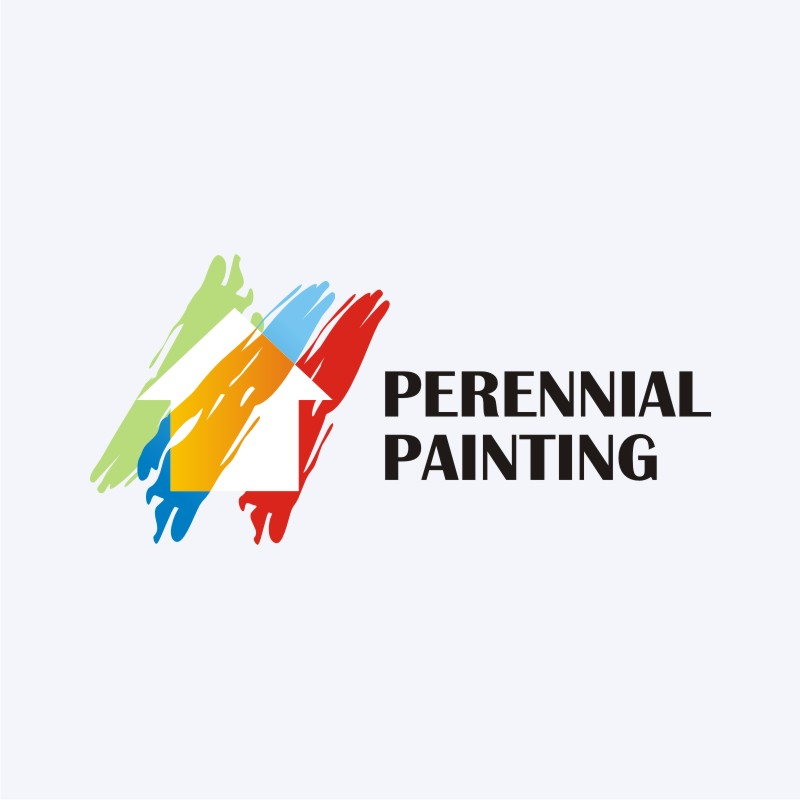Set Your Wall Surfaces Up For Paint With Essential Suggestions And Methods That Guarantee A Flawless Surface-- Discover The Crucial Steps To Progress Your Task
Set Your Wall Surfaces Up For Paint With Essential Suggestions And Methods That Guarantee A Flawless Surface-- Discover The Crucial Steps To Progress Your Task
Blog Article
Authored By-Mathiasen Kearns
When you're prepping your wall surfaces for painting, it's vital to adhere to a systematic procedure to make sure a remarkable finish. Begin by analyzing the wall for any type of damages; this step can make or damage your job. Once you have actually recognized any kind of problems, cleaning up the surface area appropriately is important, as a filthy wall can impact paint bond. After that, you'll require to patch any type of flaws and use a primer. Yet there are specific strategies and pointers that can boost your prep work game-- let's check out those more to attain the most effective outcomes.
Assessing Wall Surface Condition
Before you grab your paintbrush, take a moment to examine your walls' condition. Check for any noticeable damage like cracks, openings, or peeling paint. These imperfections can affect just how the paint adheres and looks when it's completely dry. If interior paint owasso ok notice any significant damage, you'll require to focus on repair services prior to diving right into paint.
Look closely at the texture of your walls. Is the surface smooth, or exists structure that might call for unique factor to consider? Smooth walls typically require much less preparation, while distinctive surfaces may require more time to paint evenly.
Additionally, think about the previous paint work. If interior exterior house painting services oklahoma city ok is glossy, it mightn't allow new paint to stick correctly. You'll need to know if your wall surfaces have actually been repainted with oil-based or water-based paint, as this can influence your choice of guide or paint.
Ultimately, remember of any kind of moisture concerns. If you see signs of water damage or mold, address these issues quickly to stop additional issues.
Cleansing the Surface area
When you have actually examined the problem of your walls, the next step is cleaning the surface area. Start by collecting your products: a container, cozy water, a light cleaning agent, a sponge or fabric, and a scrub brush for tougher areas.
Begin at the top edge of the wall and work your method down. Mix the cleaning agent with warm water in your bucket, after that dip the sponge or fabric into the remedy. Wring it bent on avoid excessive moisture on the walls.
As you clean up, pay very close attention to areas that might've gathered dirt, grease, or finger prints. For persistent spots, make use of the scrub brush carefully to prevent harming the paint beneath. Rinse your sponge or fabric regularly in clean water to stop spreading out dirt around.
After cleaning, it's important to clean the walls with a wet fabric to remove any kind of soap deposit. This action makes certain a smooth surface for the brand-new paint to stick to.
Enable the walls to dry entirely prior to going on to the following preparation actions. This extensive cleaning process will aid produce a fresh canvas for your paint job, ensuring the most effective outcomes.
Patching and Priming
Patching and priming are critical steps in preparing your walls for a fresh layer of paint. Initially, evaluate your walls for any kind of holes, cracks, or flaws. Make use of a high-quality spackling substance or patching paste to fill these areas.
Apply the compound with a putty blade, smoothing it out so it's flush with the bordering surface. Enable go to website to completely dry entirely, and afterwards sand it lightly till it's smooth and also.
When you have actually patched everything, it's time to prime. Guide helps secure the patched areas, making sure the paint adheres effectively and offers an uniform finish. Pick a guide ideal for your wall type and the paint you'll be using.
Use the guide using a roller for bigger locations and a brush for edges and sides. If your patched areas are dramatically large or porous, you might intend to use a second coat of primer after the initial one dries.
After priming, allowed everything dry extensively prior to carrying on to paint. This preparation will not only enhance the appearance of your walls but also prolong the life of your paint work.
Take your time, and you'll be pleased with the results.
Conclusion
By adhering to these basic actions, you can achieve a smooth and specialist finish on your walls. Begin by evaluating their problem, after that tidy and spot any type of imperfections prior to applying primer. Remember to allow appropriate drying time and guarantee everything is smooth prior to you dive into paint. With the right preparation, you'll set the stage for an attractive change in your area. Now, collect your products, breathe in the fresh air, and prepare to repaint!
